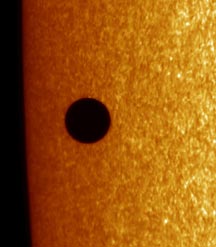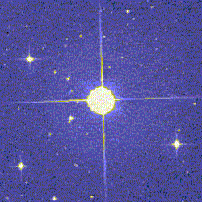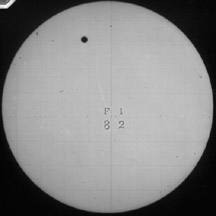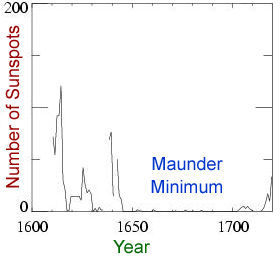Click on image for full size
Image courtesy of The Royal Swedish Academy of Sciences.
Transit
A "transit" is the name of a type of astronomical event. A transit is similar to a solar eclipse, except a transit involves a planet, instead of the Moon, passing in front of the Sun. As viewed from Earth, only two planets can ever transit the Sun. The two are Mercury and Venus, since they have orbits that are closer to the Sun than is Earth's orbit.
Since the distances to planets are much greater than the distance to the Moon, planets look much smaller in the sky. When a planet transits the Sun, it does not completely block out the Sun's light the way the Moon does during a total solar eclipse. Instead, a transit appears as a small black dot moving slowly across the face of the Sun.
The orbital planes of the planets are tilted with respect to one another. Even though Mercury and Venus pass Earth on "the inside lane" fairly often as they move more rapidly around their orbits than does our home planet, most passes do not coincide with a transit. The planets usually seem to swing by the Sun slightly above or below the solar disk. Rarely, Venus or Mercury is right in the same plane as Earth when it passes between us and the Sun, and a transit occurs.
Transits of Mercury occur 13 or 14 times per century. Transits of Venus are much rarer; they come in pairs eight years apart, but the interval between one pair and the next is more than 100 years. The last Venus transit was in 1882; the next is in June 2004!
Recently, astronomers have begun to use transits to discover planets orbiting other stars! Although stars other than our Sun are too far away to see as anything other than tiny dots in even the most powerful telescopes, scientists have found a way to notice planets passing in front of some stars. We cannot see a tiny black dot traversing the face of a distant star, but we can detect the miniscule change in the amount of light reaching us from the star as the dark planet crosses in front of it. Measuring the time between such events allows us to determine the orbital periods, or lengths of the "years", of such extrasolar planets.











